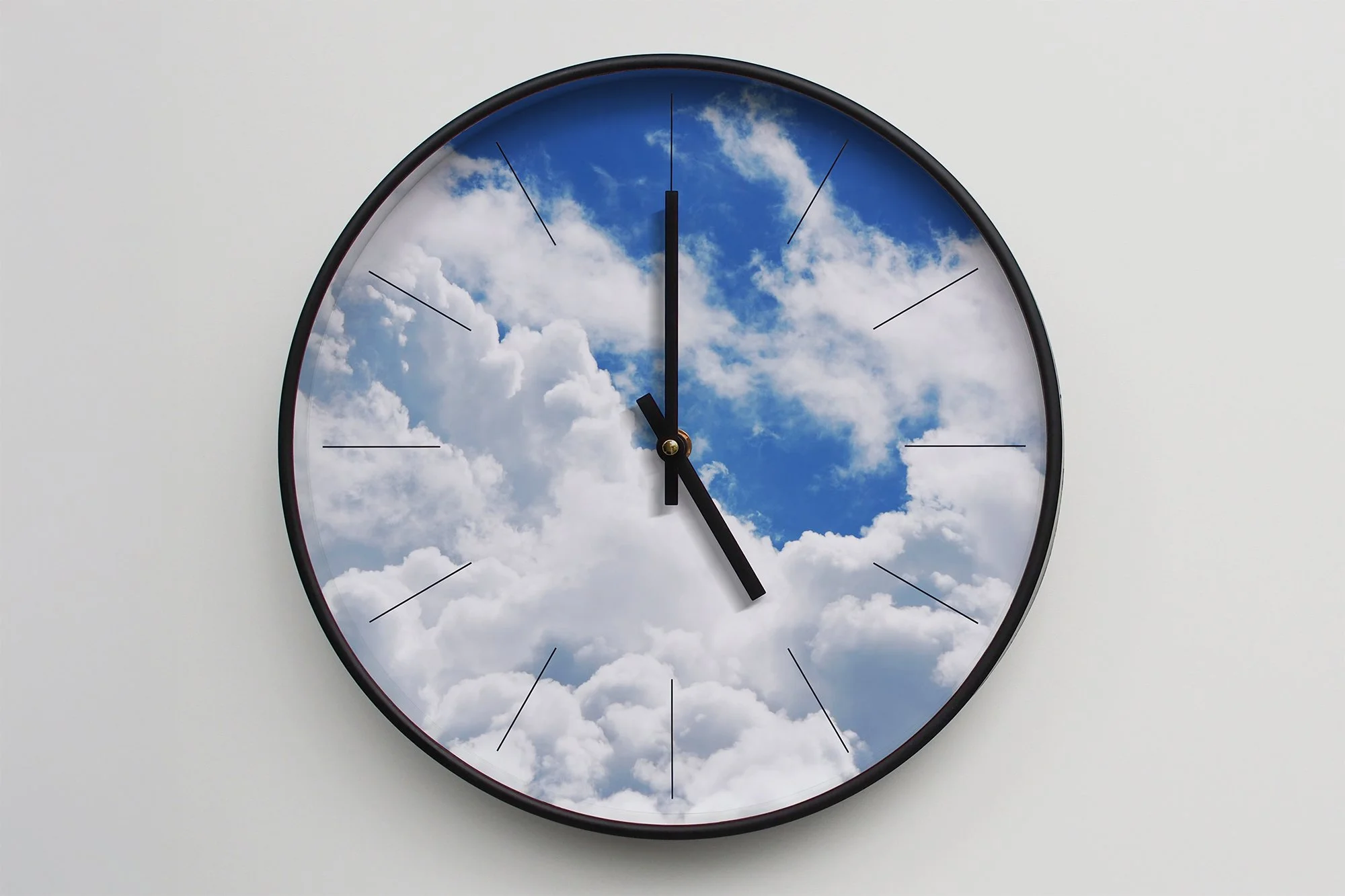Design Thinking: Making Time for Creativity
Many designers practice a craft in their spare time, it can provide a calm antidote to the more hectic pace of studio life. And for me, it becomes a chance to work with my hands on a tangible material when my daily design management work involves the more intangible talking, facilitating and thinking that is involved in developing design strategies and managing projects.
For several years, pottery was my hobby, so I read about the history of ceramics, including the creative processes employed at the Poole Pottery (originally known as ‘Carter, Stabler and Adams’ when designers Harold and Phoebe Stabler and potters John and Truda Carter brought creative impetuous into the business in 1921).
In 1958, Robert Jefferson – a designer rather than a thrower - was appointed to Poole Pottery, and within a few years he developed the ‘Craft Section’ to explore new studio pottery designs and production techniques. Among other things, this resulted in the ‘Delphis Collection’ and it went on to be launched in Heals Department store in London in 1963.
The bold Delphis designs and colourful glazes aligned with 1960's fashion and was a huge success. To cater for trade orders, shapes were standardised, but the colour, decoration, glazing and carving of each piece remained unique. There were no other potteries at that time producing studio pottery with such a modern industrial process. Such was the demand for the Delphis range, in the UK and overseas, that production was increased and more ‘paintresses’ were recruited to produce designs.
This is when Poole Pottery introduced their ‘Free Time’ policy of 1964, where production workers were allowed to explore their own creativity alongside their routine jobs. Once a week the paintresses were able to paint, sculpt and experiment outside the demands of the production line. It meant they could try new compositions and explore different glazes or patterns.
So, if you thought companies like Google were the pioneers of fuelling employee creativity, you now know they were decades behind Poole Pottery. However, the practice of giving time to employees for the creation of new ideas has a renewed popularity in companies today - and for very good reasons. It allows autonomy, reinvigorates motivation and breaks boundaries between work and play. But, despite the benefits, it is difficult to implement successfully.
Even the highly successful Poole Pottery Studio lost the ability to maintain its creativity. Robert Jefferson left at the end of 1965 and was not replaced by another full time designer. Financial rather than artistic considerations became the main focus, and by 1971 the paintresses were paid according to the number of pieces they produced, with a minimum requirement per day. Freshness and spontaneity, which had been at the heart of the studio philosophy, waned as designs were diluted to satisfy the needs of mass production.
It takes courage and trust to give permission for ‘creative time’. The nature of it means a lack of boundaries and freedom to explore, but that does not mean an absence of a strategy behind the practice. Poole Pottery is a good example of the variety of ways to integrate and manage time for creativity:
Get professional designers/creatives in to lead, inspire and oversee the selection and implementation of new ideas.
Create a space for new ideas to be developed, giving them the necessary ongoing time and investment to be prototyped and tested.
If ‘free time’ is provided as a valuable practice, stick to it – maintain and plan that time so it will be protected, even in the face of other day-to-day demands.
When new ideas generate success, protect a culture of creativity even more rigorously. Otherwise, as happened at Poole Pottery, it can become a victim of it’s own success and the people that created it will leave.
So, have you tried implementing your own version of ‘Free Time’ in the workplace? Was this successful or did it dwindle or hit problems after the initial excitement? What advice would you give to those businesses that want to encourage more creative freedom in their teams?


